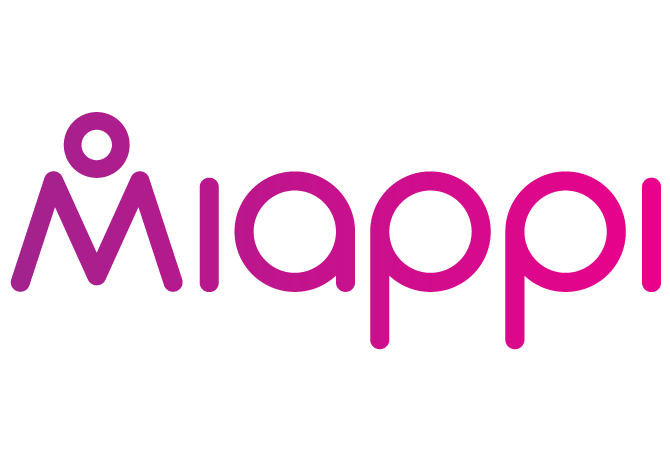Influencer marketing: What it is and how you can harness it.

If you haven’t come across influencer marketing before, you’ve probably been on a digital detox or stranded on a remote island without WiFi for the past two years. Everyone from international celebrity Kim Kardashian West to niche musician Noah Guthrie have been at it – and it’s based on a principle you’ll know only too well:
Everyone wants to be in with the cool kids.
What is influencer marketing?
In a nutshell, influencer marketing refers to the practice of encouraging individuals with strong social media reach over your target audience to post positive content relating to your brand. Usually influencers are paid to promote brands, or offered freebies in return for positive posts.
The enhanced number of people (followers) these messages will reach is half of the benefit of working with an influencer. The other benefit is their literal “influence”; their popularity and the likelihood their advocacy will encourage others to embrace your brand.
How influencer marketing works?
Remember that day Samantha came to school wearing a polka dot scrunchie and the next week everyone seemed to be wearing one? Or that time Jonah wore his tie long and loose instead of super short and everyone copied him? That’s the basic principle behind influencer marketing. People with influence, who are followed and admired by others, inspire consumers to purchase items which they advocate.
It may sound simple, but this concept is astonishingly powerful. In fact, back in December 2016, 84% of marketers were planning to execute an influencer marketing campaign in 2017. With spend on Influencer marketing expected to reach $4 billion by the end of 2023 in the US alone, this is a fast-growing marketing technique which is still on the rise.
Why influencer marketing works? – A return to “realness”
One reason why influencer marketing has skyrocketed in popularity over the past couple of years stems from consumer fatigue when it comes to uber-commercial, brand-created advertising. After decades of being told “this” or “that” product would make us happier, skinnier, more attractive, wealthier or more successful, consumers have had their fill of glossy, aspirational advertising.The influencer or influencers you choose to work with may have a very modest number of followers (making soliciting positive posts much more affordable), may have a large following (and strong awareness of the influencer marketing system) or may even be a celebrity (with the accompanying price tag).
The rise of “democratic” social media has also played a huge role in this shift. By levelling the playing field, giving consumers a voice and connecting users to both brands and celebrities, social media blasted through the hot air of brand-created marketing, giving “real people” the stage.
The line between “real” and commercial is a little less clear these days. Many celebrities and other influencers have been slapped on the wrist for posting Instagram endorsements without clearly signposting that they were paid advertisements. However, the “realness” of influencer marketing still has…well – influence – compared to brand-created content.
The approach also speaks to the increasing diversity of the Internet, allowing brands to precisely target both niche and broad audiences based on their budget and their target markets.
Harnessing influencer marketing
So how can businesses incorporate influencer marketing into their digital marketing strategy? Smart social media is the key. As the channel through which your chosen influencers are most likely to publish your promotional content, making the most of social media is essential to the success of an influencer marketing campaign.
In a recent blog we took a deep dive into remarketing and content distribution – exploring how brands can overcome the barrier presented by the fact that just 3% of organic content is seen by social media users. Although the viewing rate is likely higher for popular influencers than business accounts, this type of figure is still problematic when you’re about to spend a large sum of money on working with an influencer.
Dos and Don’ts in influencer marketing
The best way to squeeze the maximum benefit from influencer marketing is “making the valuable visible”. While organic social content is here then gone in the blink of an eye, sharing social media (especially influencer posts) via other, more permanent and visible channels is a powerful strategy.
From digital screens in store, to your website homepage, product pages, marketing emails and even paid advertising, making influencer marketing as visible as possible gives your investment even more reach, generating even greater potential returns and ensuring not a penny of your marketing budget goes to waste.Discover, curate and display your most valuable influencer content and UGC using the Miappi content marketing platform. REQUEST A DEMO



